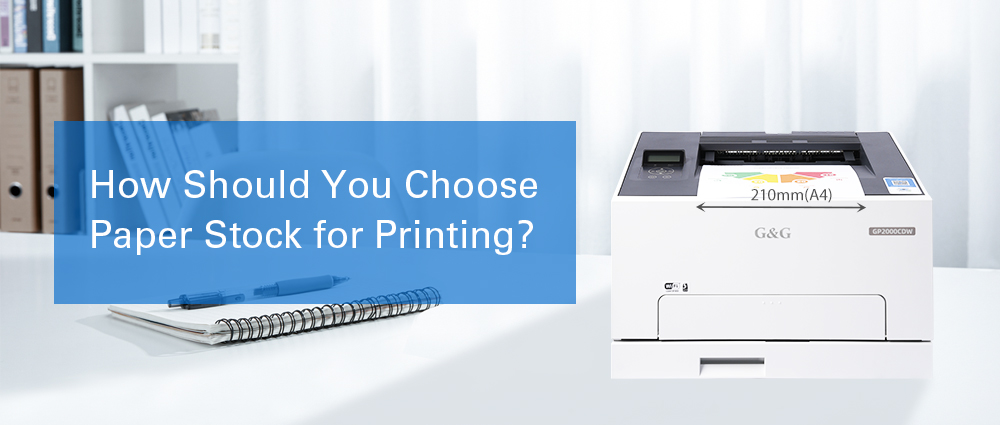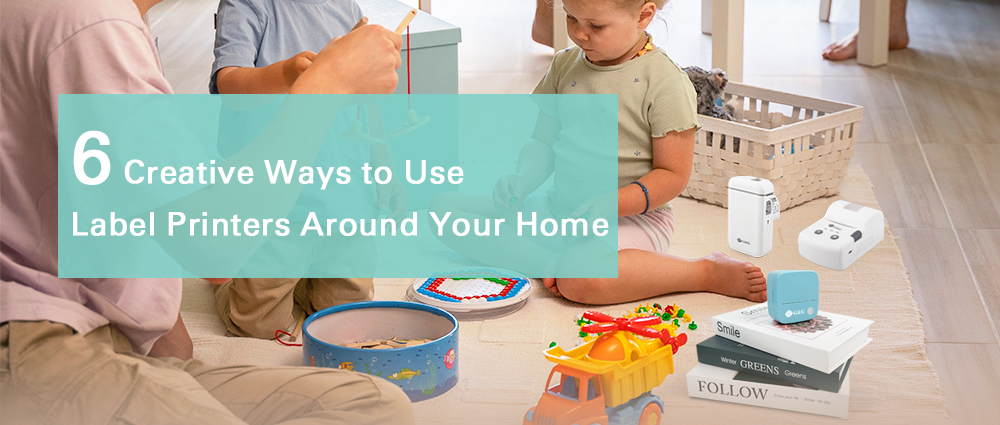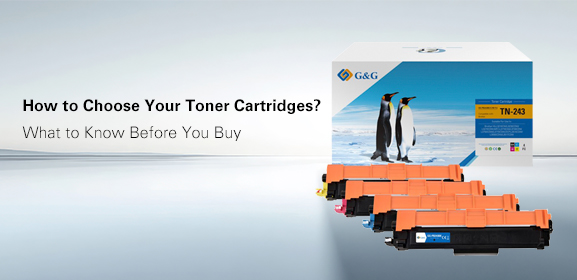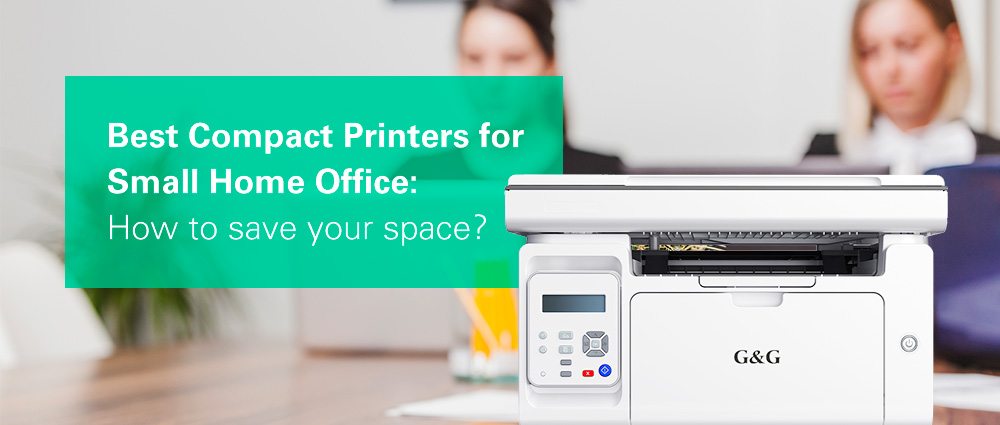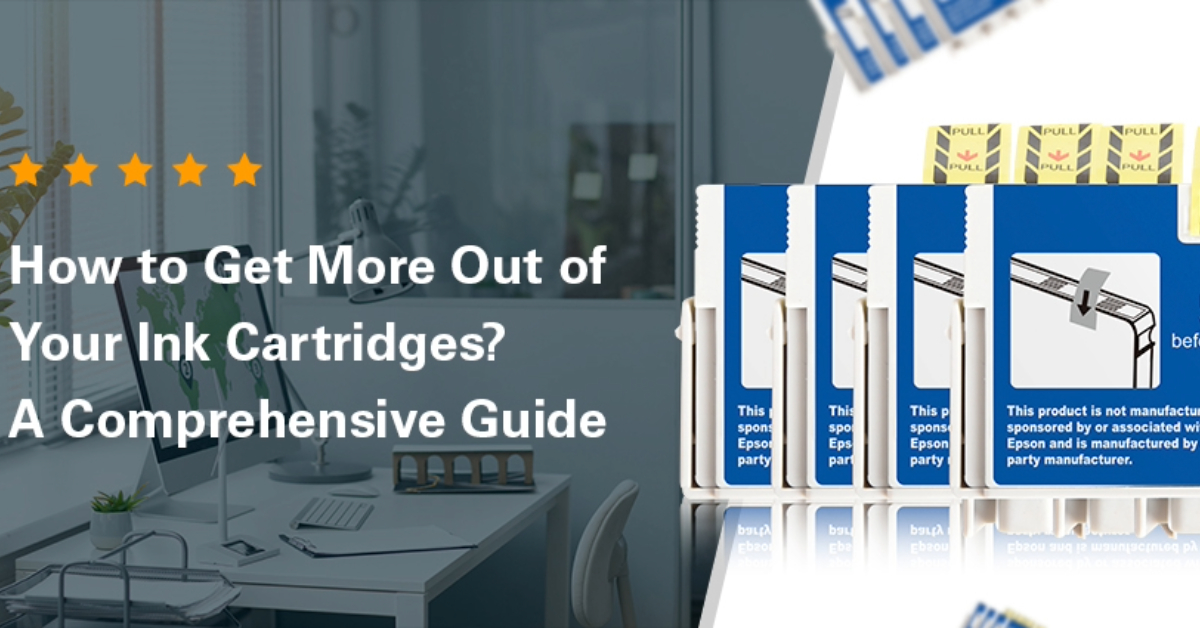-
Consumables
- Printers
- Industries
- Innovation
-
Partners
G&G Partner ProgramCo-Innovating Tomorrow Read More >
- About Us
-
Contact Us
Choosing the right label printer for your warehouse operations can streamline workflows, reduce errors, and improve efficiency. With options ranging from desktop label printers to heavy-duty industrial thermal label printers, here’s what you need to know before making a purchase.
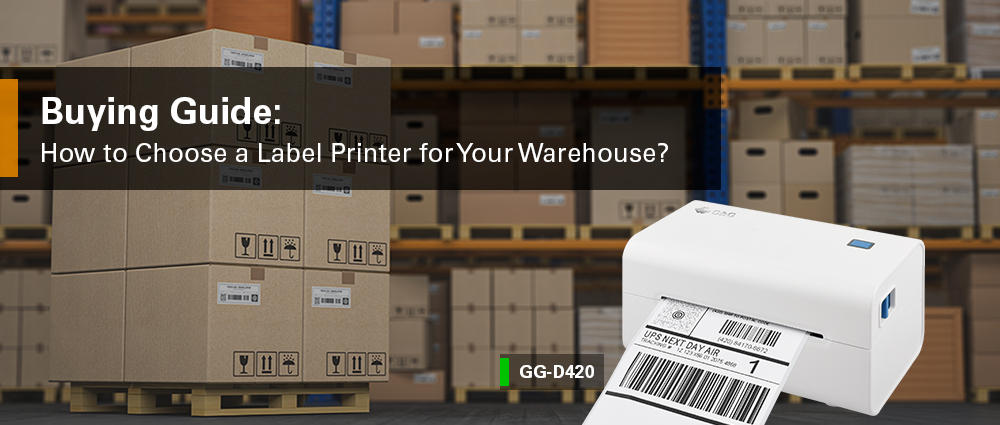
For small warehouses or light-duty tasks, a desktop label printer like the GG-D420 offers affordability and ease of use. However, for high-volume operations, an industrial label printer is essential. These printers support wider media and faster speeds.
Direct thermal label printers: use heat-sensitive paper, ideal for short-term storage labels like shipping tags. They’re low-maintenance but fade under sunlight.
Thermal transfer printers: apply ink via ribbon, creating durable labels for inventory or barcodes. They’re better for harsh environments and long-term use.
For high-volume label printers, we suggest you prioritize speed, material compatibility, connectivity, and durability. Industrial printers print up to 12 inches per second and support synthetic labels and adhesives that withstand temperature changes. For GG-D420, it can print up to 6 inches per second. The best industrial label printer allows you to connect USB, Wi-Fi, and Bluetooth, which can integrate with warehouse management systems. What’s more, remember to look for International Protection ratings for dust/water resistance and automatic cutters to minimize downtime.
For shipping labels, thermal shipping label printers like the GG-D420 are popular. They print 108mm width labels at 150mm/s, with automatic gap detection to avoid misalignment. The GG-D420 stands out for its cloud compatibility and rugged design, making it ideal for logistics.
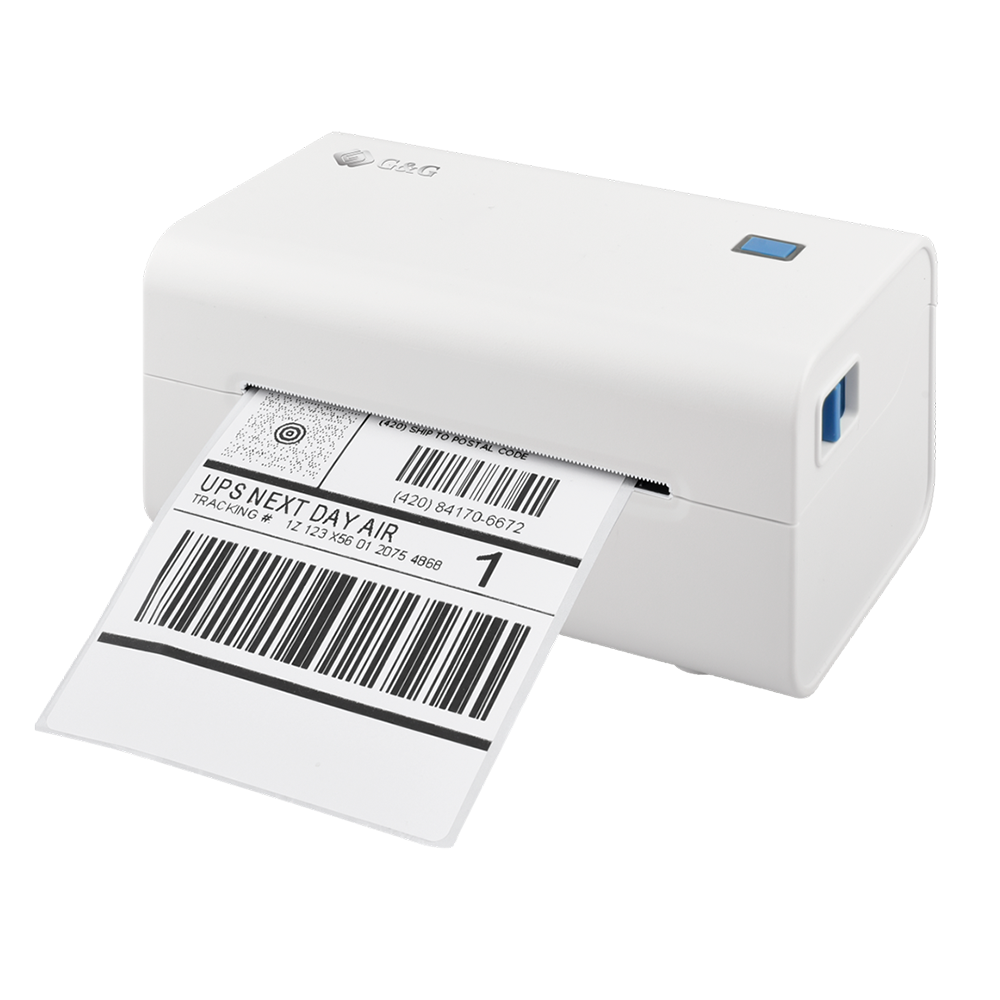
A barcode label printer must support QR, Data Matrix codes (1D/2D) and high-resolution outputs. The G&G GG-D410 Desktop Barcode Printer excels here with 200+ dpi, offering crisp barcodes for inventory tracking. As for compliance, ensure your printer is compatible with ROHS-certified labels if handling chemicals.
Final Tip: Test printers with your specific labels and workflows. For example, some printers allow custom die-cut labels and heat-resistant materials, while others offer seamless Bluetooth integration. By aligning features with your operational needs, you’ll maximize your efficiency and return on investment (ROI).


